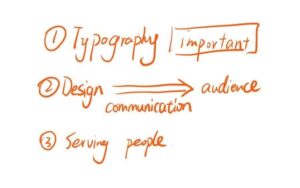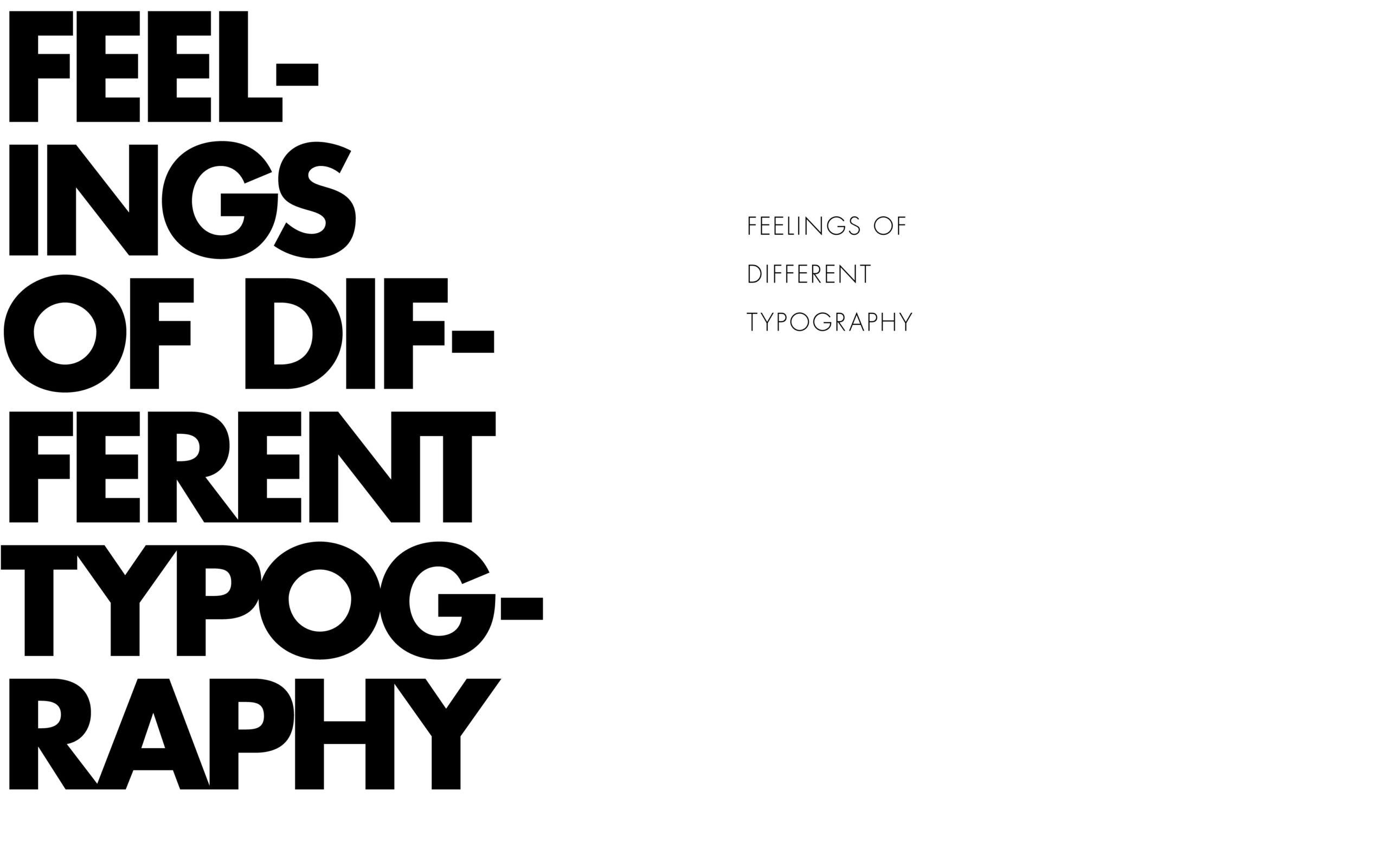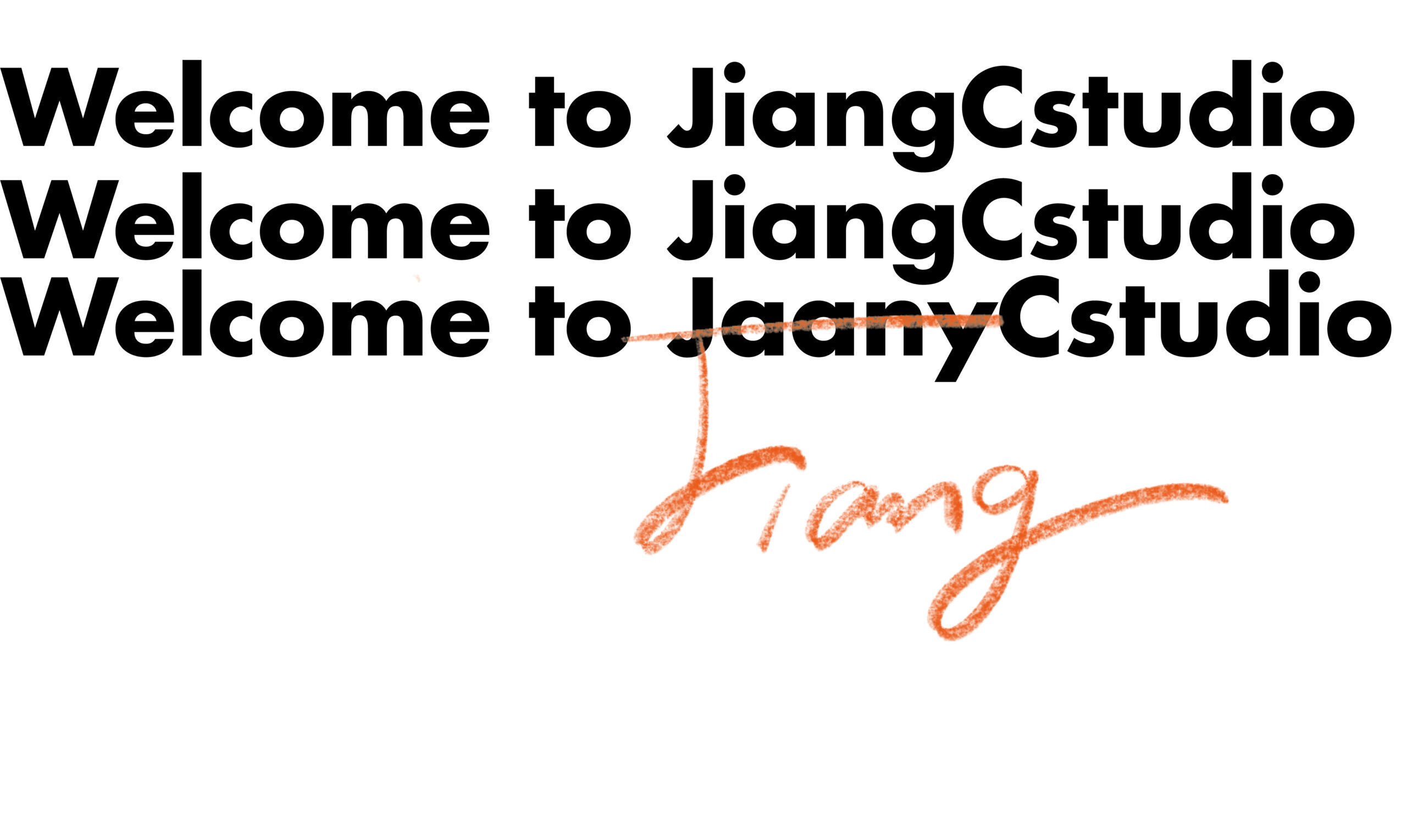Design and human beings are always closely related.
Through the video, there are three points worth noting, such as the conveying power of typography, the impact on people, and how the design serves humans.

First of all, Tracy Ma’s views are consistent with my own. I also think that typographic design cannot be ignored, and typographic design also has a strong appeal, whether it is through fonts or positive and negative spaces. Different fonts, font sizes, or word spacing can have different emotions.

Second, design can sometimes guide people’s emotions well. Just as Tracy Ma demonstrated in his speech, design not only objectively conveys information, but also includes the designer’s point of view, which can be conveyed to the audience through design. Although it is sometimes difficult for us to discuss right or wrong, whether it is repression or anti-oppression, or even some political opinions, communication is an important common denominator.
Finally, design can’t just be design, just like the Avatar Cafe does. This reminds me that design can’t just pursue visual effects, but should be human-centered. Design is to convey a certain kind of information, or to provide convenience for humans. Just like what KENYA HARA has done in his works, it is not only to make the design have a good visual effect, but also to reflect the care of the design for the audience. (The guide in the picture is the guide made by KENYA for the hospital, which not only makes the hospital environment more humane, but also can relieve the nervousness of the patients.)

